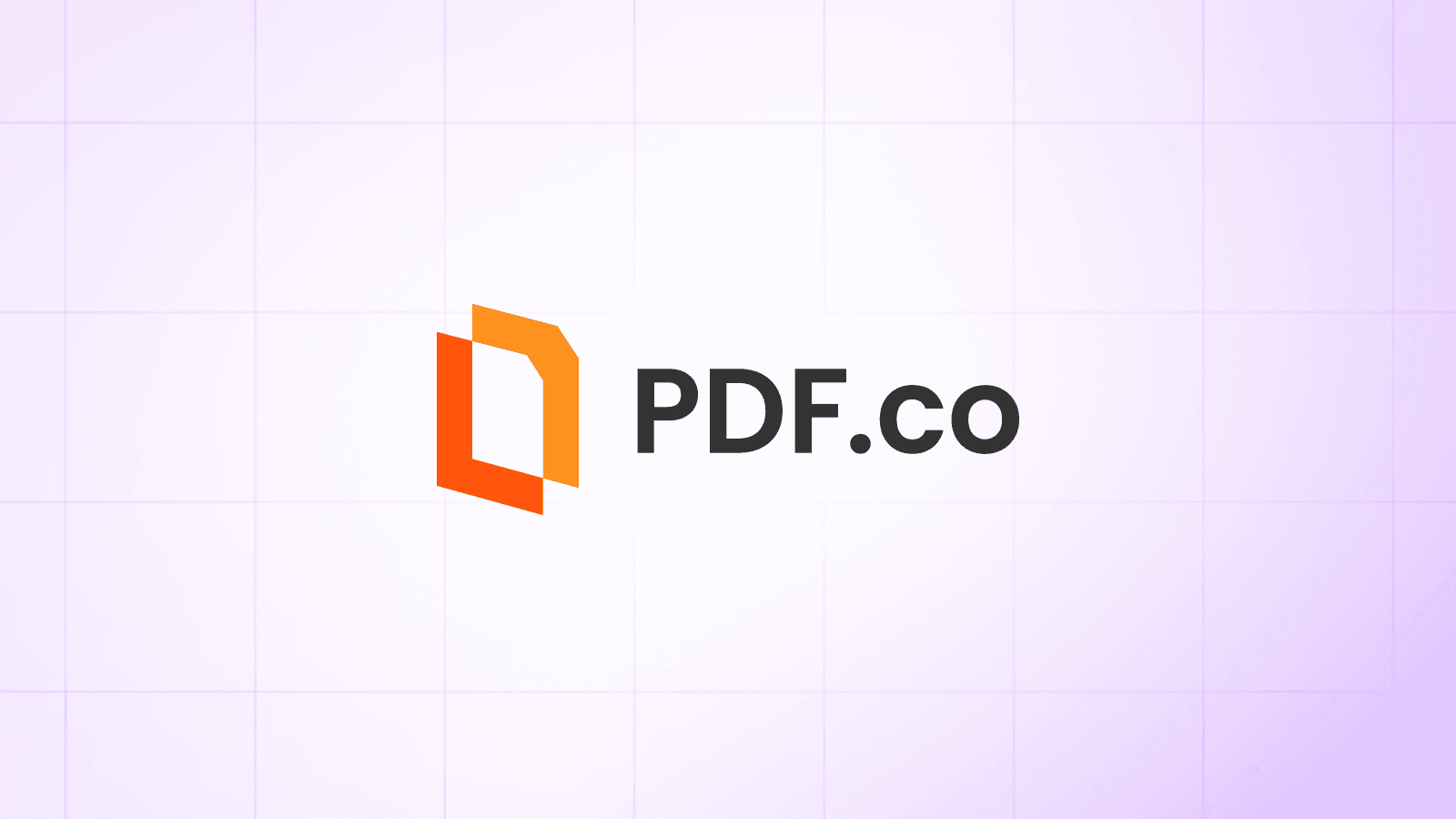Automatically Remove Specific Pages from PDFs in Google Drive Using n8n and PDF.co
What You’ll Have When Done
You’ll have a fully automated n8n workflow that:
- Watches a Google Drive folder for new PDF uploads
- Searches for specific text in the PDF (e.g., company names, keywords)
- Identifies the pages containing that text
- Deletes those pages automatically using PDF.co
- Saves the cleaned PDF into another Google Drive folder — no manual editing needed.
Prerequisites
Before you begin, make sure you have:
- Two Google Drive folders:
- Input Folder → where PDFs are uploaded (e.g.,
INPUT_FOLDER) - Output Folder → where processed PDFs will be saved (e.g.,
OUTPUT_FOLDER)
- Input Folder → where PDFs are uploaded (e.g.,
- A running n8n instance (self-hosted or cloud)
- A valid PDF.co API key → https://app.pdf.co/
- Google Drive OAuth2 credentials set up in n8n
- A sample PDF file you can test with.
Download Sample PDF (or use any of your own)
Quick Start Options
Option A — Import Ready-to-Use Workflow
- Download & import the JSON provided below- JSON File
- Connect your Google Drive and PDF.co accounts
- Link your input & output folders
- Test it by uploading a PDF with the target text.
Option B — Build It Step-by-Step
- Follow the guide below to build your workflow manually.
What This Automation Does
- Google Drive Trigger — watches a folder for new PDFs
- PDF.co Search — finds target text and its page numbers
- Code Node — extracts those page indexes
- PDF.co Delete Pages — removes matched pages
- HTTP Request — downloads the updated PDF
- Google Drive Upload — saves the new version to another folder
Step 1: Set Up Google Drive Folders
- Create INPUT_FOLDER and OUTPUT_FOLDER in Google Drive.
- Copy the folder IDs from their URLs.
Success looks like: Two accessible folders with their IDs ready to use in n8n.
Step 2: Google Drive Trigger
Node: Google Drive Trigger
Settings:
- Trigger On:
Specific Folder - Folder to Watch: I
NPUT_FOLDER - Event:
File Created - Poll Time:
Every Minute
Result: The workflow starts whenever a new PDF is uploaded to the input folder.
Step 3: Search for Target Text
Node: PDF.co API – Search in PDF
Settings:
- Operation:
Search in PDF - URL:
={{ $json.webContentLink }} - Search String: e.g.
Atlas Office Solutions(can be dynamic too)
Result: PDF.co returns all pages containing the target string.
Sample output:
{
"body": [
{ "pageIndex": 2 },
{ "pageIndex": 5 }
]
}Step 4: Extract Page Indexes
Node: Code (JavaScript) This node converts the list of page indexes into a clean, comma-separated string.
const items = $input.all();
const body = items[0].json.body || [];
const pageIndexes = body.map(entry => entry.pageIndex);
pageIndexes.sort((a, b) => a - b);
return [{ json: { pageIndexes: pageIndexes.join(',') } }];Result:
{
"pageIndexes": "2,5"
}Step 5: Delete Pages
Node: PDF.co API – Delete PDF Pages Settings:
- URL:
={{ $('Google Drive Trigger').item.json.webContentLink }} - Pages:
={{ $json.pageIndexes }}
Result: PDF.co returns a URL to the updated PDF without the unwanted pages:
{
"url": "https://pdf-co-temp-files.s3.amazonaws.com/Cleaned_File.pdf",
"name": "Cleaned_MyDocument.pdf"
}Step 6: Download File
Node: HTTP Request
Settings:
- Method:
GET - URL:
={{ $json.url }}
Result: n8n retrieves the binary version of the cleaned PDF.
Step 7: Upload to Google Drive
Node: Google Drive – Upload
Settings:
- Input Data Field:
data - File Name:
Cleaned_{{ $json.name }} - Folder:
OUTPUT_FOLDER - Drive:
My Drive
Result: The processed PDF appears in the output folder automatically.
Step 8: Test the Automation
- Upload a sample PDF to your INPUT folder.
- Wait 30–60 seconds.
- Check your OUTPUT folder — the unwanted pages are gone.
Congratulations!
You’ve built a fully automated n8n workflow that:
- Detects new PDFs in Google Drive
- Searches and removes pages dynamically
- Uploads the final version to a new folder
- Runs hands-free!
Built something amazing? Share your workflow and tag us @pdfdotco — we’d love to feature your automation!
Related Tutorials



